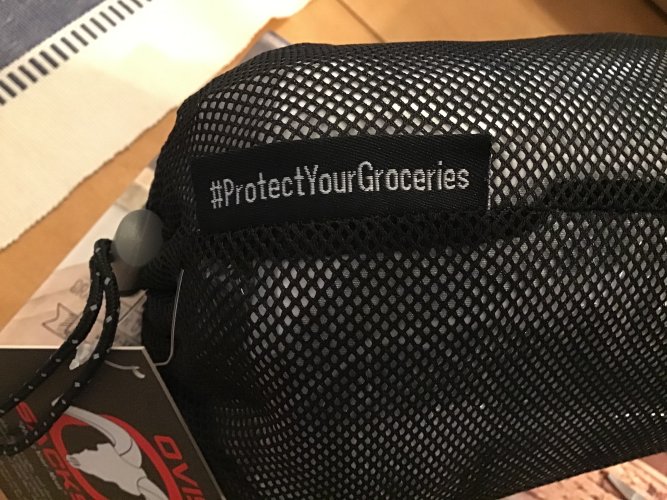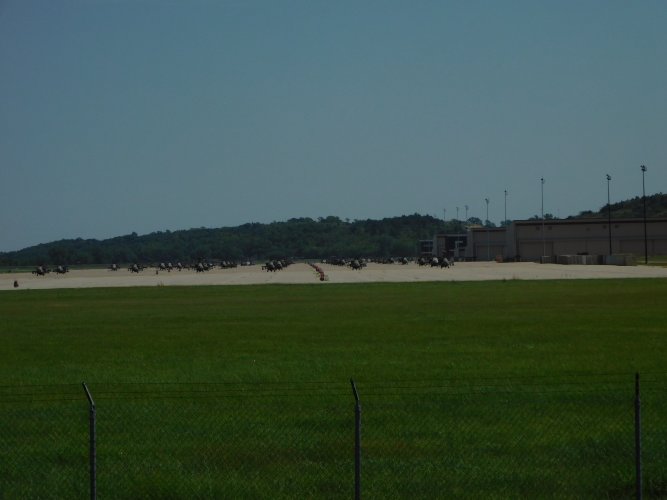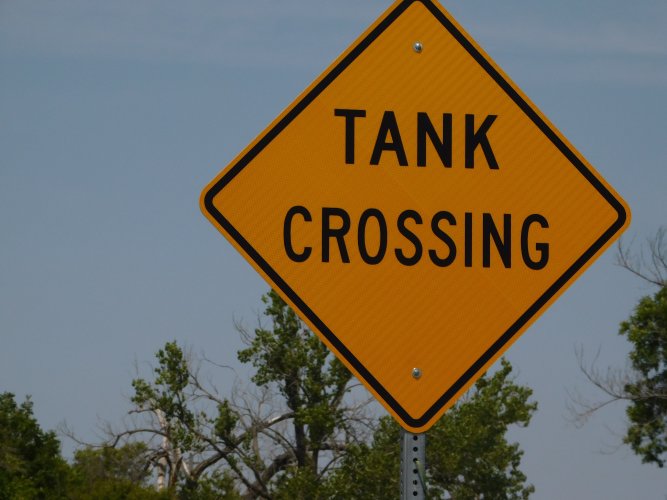SSGOldfart
Member
- Joined
- Aug 3, 2023
- Messages
- 48
yes sir I'll be watching for it, not up to 10 yet but I'm working on it. Looks like we may be back in the area in a couple of months my wife just received a trapping permit for Redtails hawks from Kansas

















